
table of contents
- Shady location
- Partially shaded location
- Sunny location
- Annual herb plants
- Perennial herbaceous perennials
- frequently asked Questions
Herbs belong in every garden. But you can also cultivate them on the balcony. Here, however, a distinction must be made between annual and perennial herbs. In the following you will find out what you should pay attention to when it comes to the location.
In a nutshell
- A distinction is made between annual and perennial herbs
- There are also shade-loving and sun-loving herbal plants
- A partially shaded bed is usually accepted by all herbs
- Not all types of herbs can be cultivated together; some hinder each other's growth
- Some herbs wish to be relocated annually; if an herb only grows stunted, a change should be considered
Shady location
There are some herbal plants that do better in a shady spot than in a sunny spot. Because the blazing sun usually burns the leaves here and the effect of taste and smell is no longer given. Herbs for the shade include:
- Comfrey (Symphytum), perennial
- Watercress (Nasturtium officinale), perennial

- Wild garlic ( Allium ursinum), perennial
- Garlic mustard (Alliaria petiolata) annual, self-sowing

- Pimpernelle (Sanguisorba minor) annual, self-sowing
- Woodruff (Galium odoratum), perennial
- Wasabi (Wasabia japonica), perennial
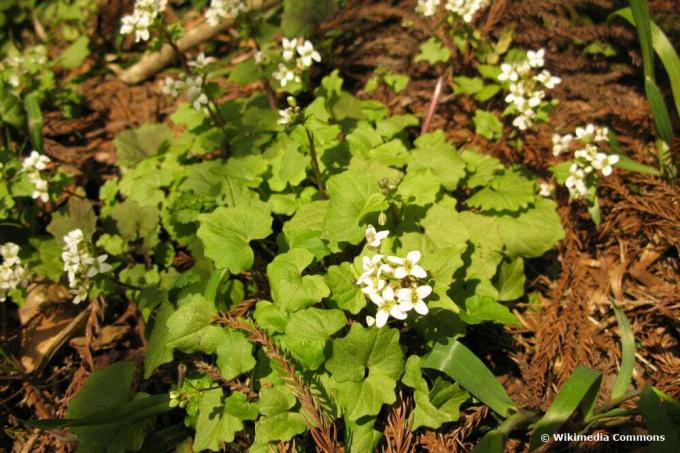
Various types of mint are also suitable, such as bergamotmint or ginger-mint good for shady locations. However, due to the high risk of perennial plants spreading, you should provide them with a root barrier in the garden bed or plant them directly in a tub.
Note: If you buy herbal plants in pots from the supermarket, you should usually consume them immediately. Because the soil in which you buy them is not the best. If you want to cultivate these plants, you should plant them as soon as possible in a suitable bed or in a new container with fresh soil.
Partially shaded location
In a partially shaded location, however, you can cultivate almost all herbal plants. But especially those who otherwise want a sunny spot. If the bed in the garden is partly in the sun and partly in the shade, then it is suitable for all herbs, as these can be used accordingly.
- Chervil (Anthriscus), annual, self-sowing
- Oregano (Origanum vulgare), perennial
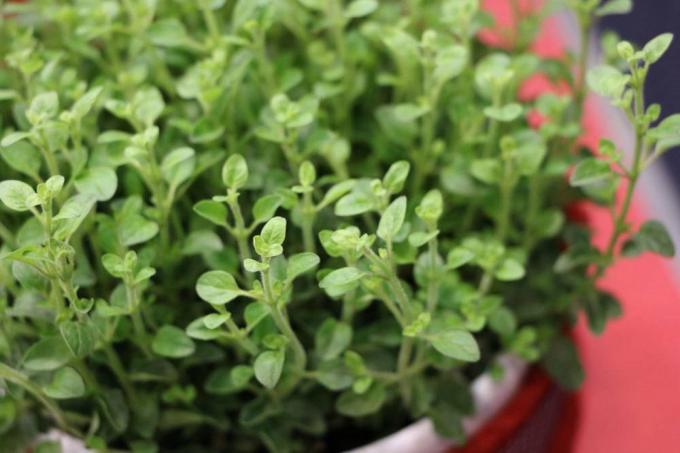
- peppermint (Mentha × piperita), perennial
- Parsley (Petroselinum crispum), biennial
- Chives (Allium schoenoprasum), annual or perennial, self-sowing

Note: Instead, herbal plants such as parsley, oregano, dill and thyme would like an annual change of location. That way they thrive better. You can, however, plant these types of herbs in a bed where other herbs grew in the previous year.
Sunny location
Most herbal plants, especially those originally native to the Mediterranean, prefer a sunny location. Both annual and perennial herbaceous perennials can be used for cultivation. The plants also accept a little shade over midday.
Annual herb plants
The following annual and mostly self-sowing herb plants are particularly suitable for a sunny spot:
- basil (Ocimum basilicum)
- Savory (Satureja spec.)
- Borage (Borago officinalis)
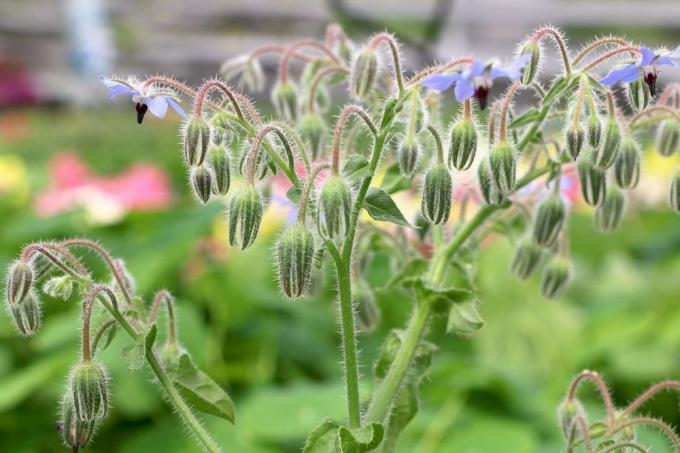
- Dill (anethum graveolens)
- Marjoram (Origanum majorana)
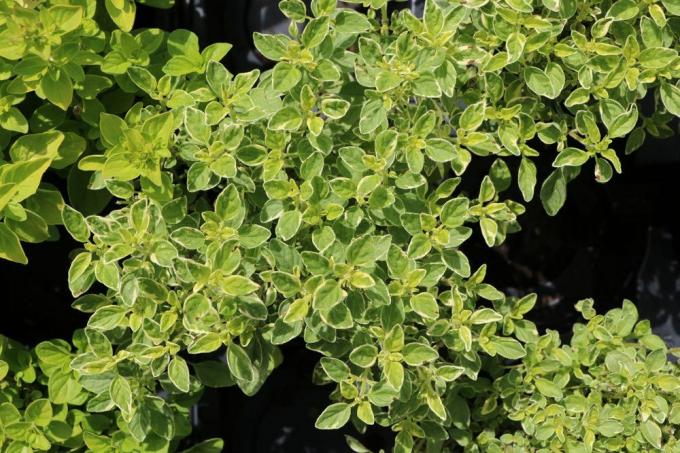
Perennial herbaceous perennials
The following perennial herb shrubs are ideally suited for a sunny location:
- St. John's wort (Hypericum perforatum)
- Chamomile (Matricaria chamomilla)
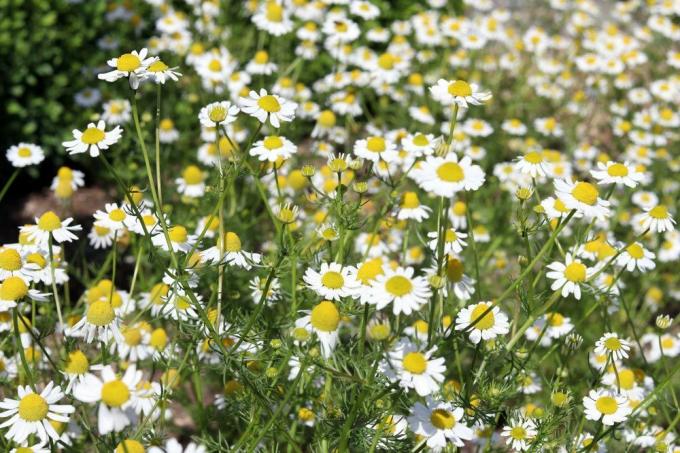
- Garlic (Allium sativum)
- Lovage (Levisticum officinale) often referred to as Maggi herb
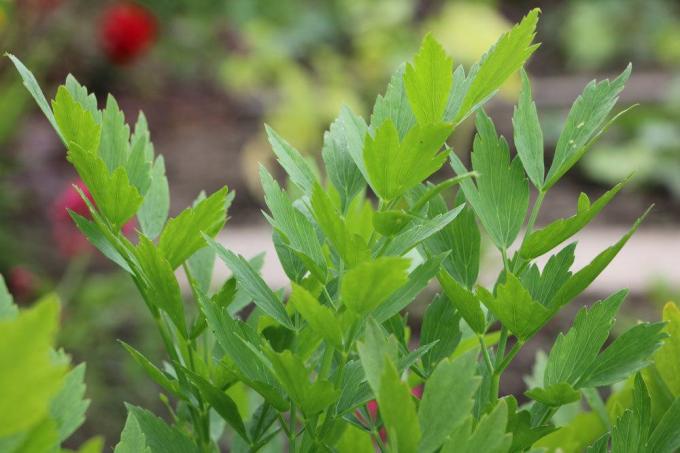
- rosemary (Rosmarinus officinalis)
- Sage (Salvia officinalis)
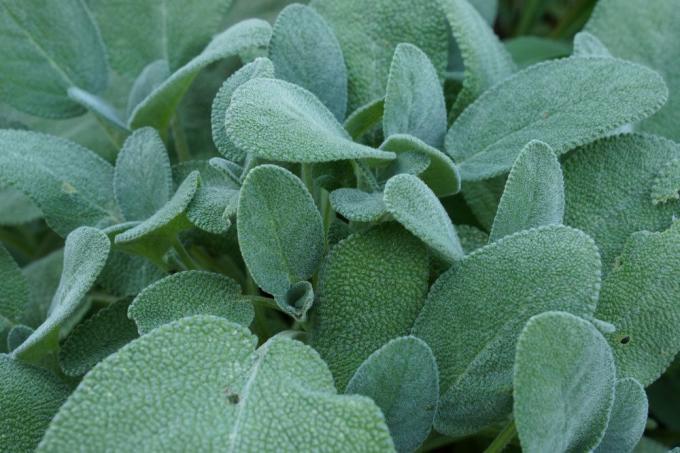
- Thyme (thymus vulgaris)
- Lemon balm (Melissa officinalis)
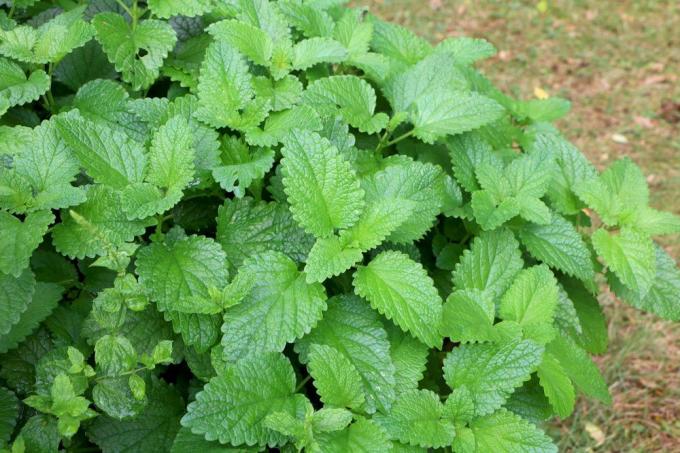
Tip: If there is no garden or a suitable bed available, you can also put the herbs individually in a small one Cultivate a pot or several plants in a large container and place it on a balcony or terrace place.
frequently asked Questions
It makes more sense not to plant the herb plants wildly in a bed. Because the perennial herb shrubs need more rest to grow. But if annual herb plants are removed between the perennials in autumn and re-sown in spring, then there will be restlessness in the herb bed, which should be avoided. It is therefore better to create two beds that can be right next to each other.
If you want to plant or sow several herbs in a bed, then you should pay attention to the height of growth. The taller herb plants in a border bed should always be planted towards the rear. If it is a bed that is accessible from all sides, the tall plants come into the Middle and the others sorted by size all around until the lowest varieties are planted at the edge can.
It's the same as with other plants. Not all herbs go well with each other, either. First of all, the place has to be checked. A shade-loving herb should never be planted in a sunny herb bed, otherwise chamomile, chives, marjoram and chervil go well together. Likewise the classics dill, chives and parsley. Thyme goes well with all Mediterranean herbs such as rosemary, oregano or basil.
As a rule, many annual herbal plants re-sow themselves if they can still ripen their seeds after flowering. So they should simply be left in the bed until late summer or autumn. Then they do not have to be sown again in the spring, but do it themselves.
Of course, most herbs can also be cultivated in a pot. This has the advantage that the location can be changed at any time if the chosen location is too sunny or too shady for the herb in question.


